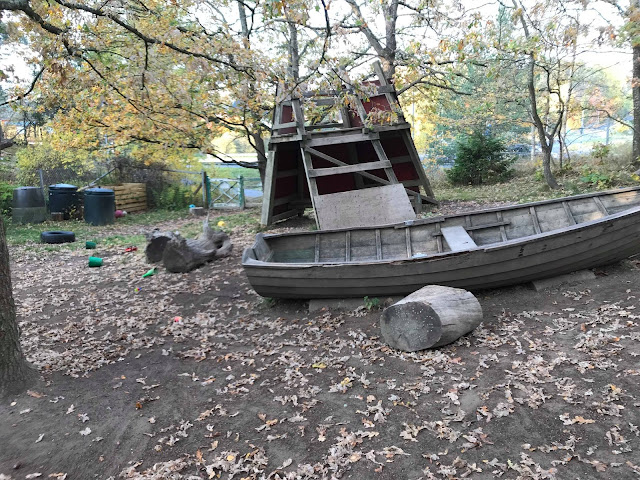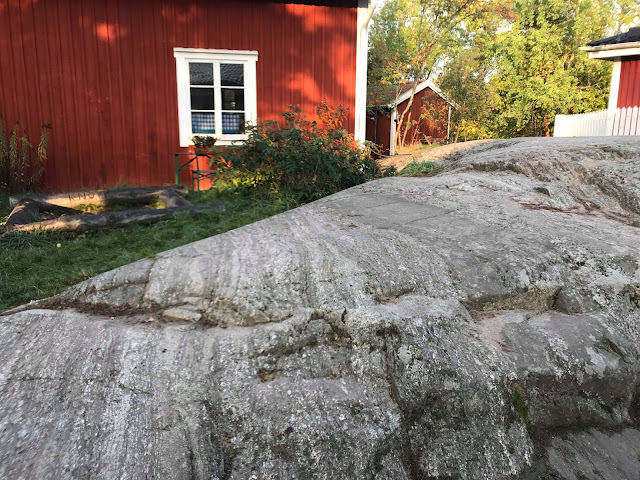(på svenska efter bilden)
Late yesterday I returned from my adventures in Palestine and Israel...
I have met many people, seen many things, experienced them with all my senses and have been making connections...
Connections between what I have seen and experienced to how I am as an educator and how I strive to be as an educator...
I have seen more ancient mosaics in the last few days than I have in the rest of my entire life... and it has left an impression...
Nona asked me if I was to bring one thing that represented me
right now what would it be... after an initial panic and feeling of anxiety... what on earth could represent me right now... I realised that single piece of mosaic would be it... I have a clear image of the cube, mostly clay with a painted surface square.. a tiny part of a whole.
And that is how I feel... I feel like a tiny part of a whole... not in an insignificant way, but as an essential part of a learning mosaic. Like all educators are, and all learners.
I am collecting my pieces... from educators around the world, from books and articles, from research, from art therapists (like the amazing Nona - check out her blog -
The Good Enough Studio), from nature, from experiences etc etc... and I am connecting them together to create a bigger picture...
On
my instagram account I have been sharing images of the mosaics - and if you take the time to check them out you will see that the pieces can be put together in so many different ways to tell different stories, evoke different feelings and to aesthetically please a diverse audience...
and this is what i like... that in education we need to piece together our learning to create a pedagogy that works for us in our our own context... not copy-paste images, but to take the time to place the pieces to create a whole.
My mosaic will stand the test of time... that is my hope... just like the Roman mosaics I saw... and even got to stand upon (that blew my mind... to walk on such complex beauty, that feet centuries ago have walked upon), but at the same time I want my mosaic to be flexible... I have learned, as an educator, that what works in one place, or with one group of children, will not necessarily work in or with another... I need to be able to re-design my mosaic... to put aside the pieces that are no longer needed and add the ones that are... To document my original design, and why I designed it that way, and to save it just in case it will work another day... I do not have to re-invent every time.
So in the coming weeks the metaphor of the mosaic will be surfacing in my posts as I try to unpack it, and make sense of it, and learn.
The other word that is requiring me to take time to explore is "connections".
Sent igår återvände jag från mina äventyr i Palestina och Israel ...
Jag har träffat många människor, sett många saker, upplevt dem med alla mina sinnen och har sett samband
Samband mellan vad jag har sett och upplevt med hur jag är som pedagog och hur jag strävar efter att vara som pedagog ...
Jag har sett mer gamla mosaik under de senaste dagarna än jag under resten av hela mitt liv ... och det har lämnat ett intryck ...
Nona frågade mig, om jag skulle ta med en sak som representerade mig
just nu vad skulle det vara ... efter en första panik och känsla av ångest ... vad i hela friden kunde representera mig just nu...? jag insåg att en enda mosaikdel skulle vara det ... Jag har en tydlig bild av kuben, mestadels lera med en målad yta. En liten del av en helhet.
Och det är så jag känner ... Jag känner mig som en liten del av en helhet ... inte på ett obetydligt sätt, men som en väsentlig del av en lärande mosaik. Som alla pedagoger och alla studenter.
Jag samlar in mina bitar ... från utbildare runt om i världen, från böcker och artiklar, från forskning, från konstterapeuter (som den fantastiska Nona - kolla in hennes blogg -
The Good Enough Srudio), från naturen, från erfarenheter/upplevelser etc etc. .. och jag förbinder dem tillsammans för att skapa en större bild ...
På mitt
Instagramkonto har jag delat bilder av mosaiken - och om du tar dig tid att kolla ut dem ser du att bitarna kan sättas samman på så många olika sätt att berätta olika historier, framkalla olika känslor och estetiskt tillfredställa en mångsidig publik ...
och det här är precis vad jag tycker om ... att vi i förskolan/skolan måste sammanfoga vår lärande för att skapa en pedagogik som fungerar för oss i vårt eget sammanhang ... inte kopiera-klistra in bilder, men att ta tid att placera bitarna för att skapa en helhet
Min mosaik kommer att stå tidstestet ... det är mitt hopp ... precis som de romerska mosaikerna som jag såg... och till och med fick stå på (det var helt otrolig att jag fick gå på en så komplex skönhet som fötter för århundraden sedan har gått på), men samtidigt vill jag att min mosaik ska vara flexibel ... Jag har, som lärare, lärt mig att det som fungerar på ett ställe eller med en grupp barn, inte nödvändigtvis kommer att fungera i eller med en annan... Jag måste kunna omskapa min mosaik ... för att lägga undan bitarna som inte längre behövs och lägga till de som nu behövs... Att dokumentera min ursprungliga design
och varför jag designade den på det sättet, för att spara det ifall det kommer att fungera igen en dag ... Jag behöver inte uppfinna varje gång.
Så under de närmaste veckorna kommer mosaikens metafor att dyka upp i mina inlägg, eftersom jag försöker packa upp det och förstå det och lära mig.
Det andra ordet som kräver att jag tar tid att utforska är "samband/anslutningar".






























































